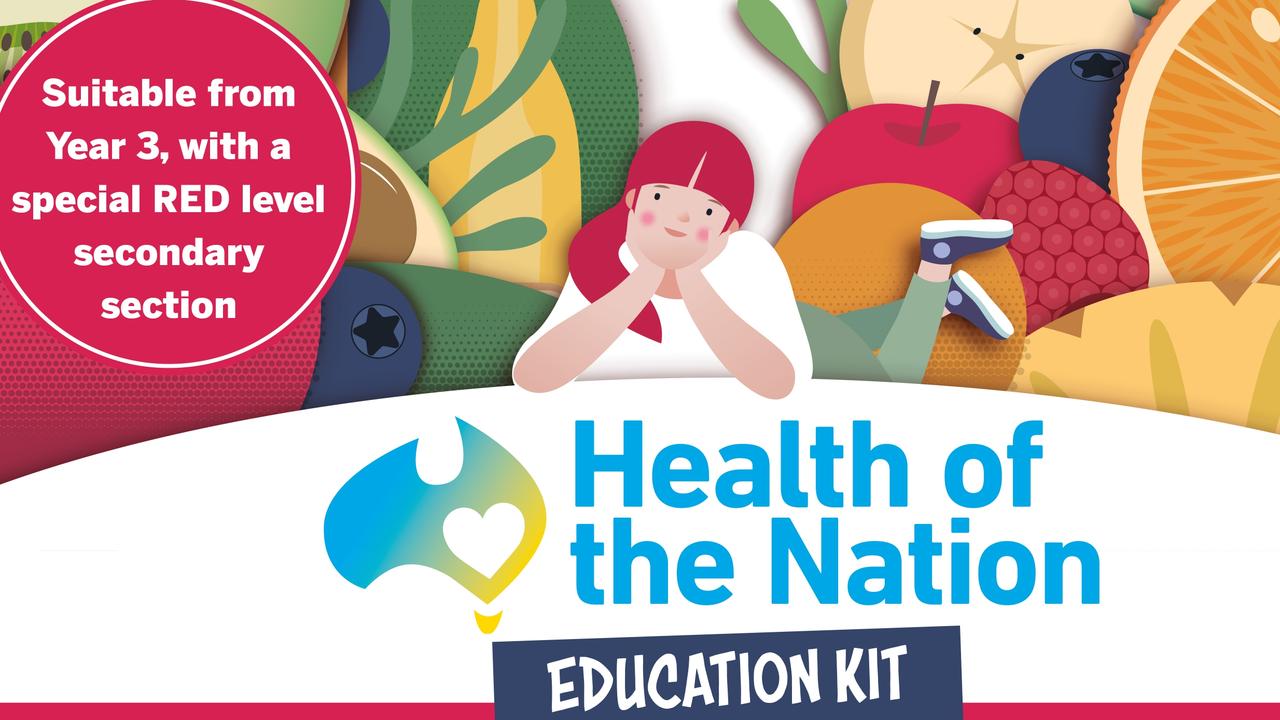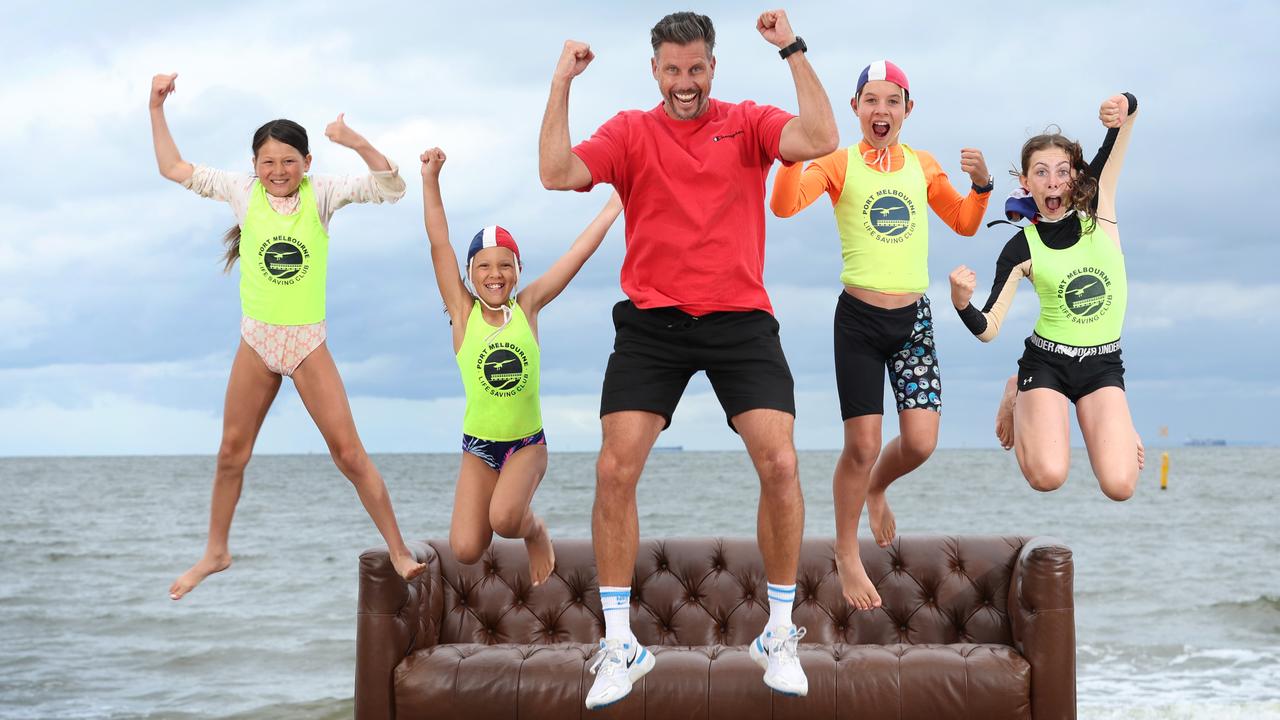Health of the Nation 2024: How much exercise children need and why they’re not getting enough
Part 3: Half of all Aussie kids are not moving enough to maintain good health. Our devices are to blame. Discover how much exercise you need each day and easy ways to achieve it
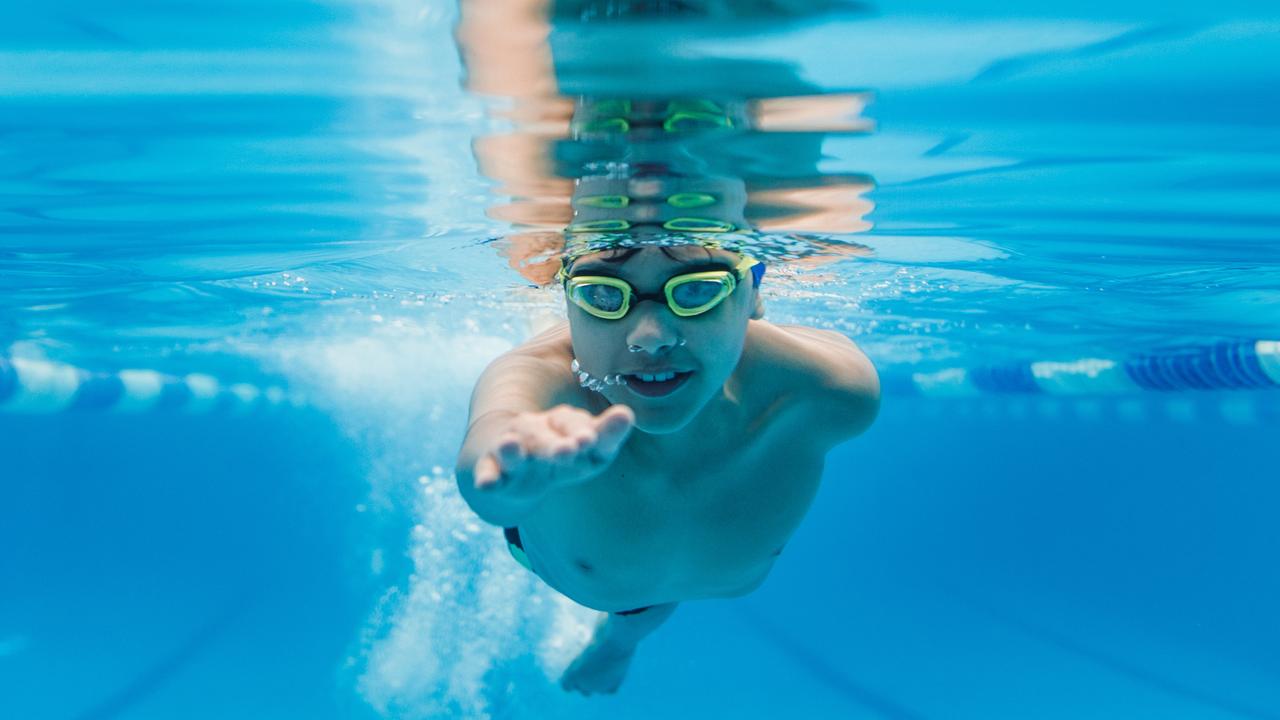
READING LEVEL: GREEN
Health statistics* show half of all Aussie kids are not moving enough, doing less than the recommended* 60 minutes of moderate to really energetic physical activity each day.
Worryingly, four in 10 kids are spending more than seven hours a week watching television, playing computer games or staring at other screens.
And all that time in front of devices* is having an impact — one in four school-age kids are overweight and three Australian university studies found two in three can’t catch, throw or kick a ball properly.
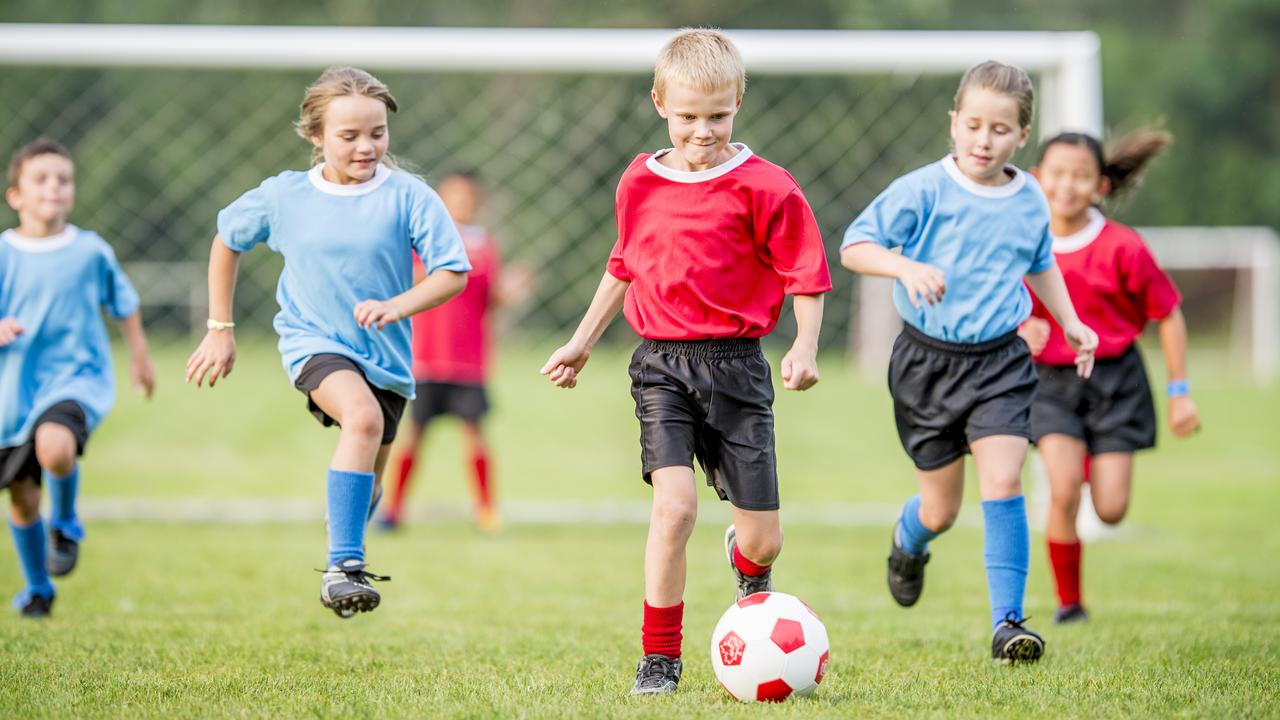
Another reason for the lack of ball skills was revealed in News Corp’s Health of the Nation survey of 3100 Australians, which found one in four parents never throw or kick a ball with their children. Only half of mums and dads take their children outdoors to play one to three hours a week.
That means a lot of kids are not active enough and it can lead to health problems in childhood and later in adulthood.
Health and Wellbeing Queensland said the problem is so bad that it estimates a child born in 2024 is expected to live five years less than their parents.
TEENAGERS NEED TO MOVE MORE
The statistics on inactivity* are worse for teenagers.
Fewer than one in 10 (5.6 per cent) 15 to 17-year-olds are meeting the physical activity guidelines, according to the Australian Bureau of Statistics’ National Health Survey 2022, as the pull towards screen-based leisure* activities grows.

While one in six teens (16.8 per cent) did 60 minutes of some physical activity every day, it was not always moderate to vigorous* activity.
Only one in five (19.5 per cent) did strength training three or more days per week.
The most recent Lancet health study rated Australian teens among the least active in the world (140th out of the 146 countries).
HOW MUCH EXERCISE KIDS NEED
Primary school-aged children should do:
• 60 minutes a day of moderate to vigorous physical activity. It doesn’t have to be an hour all at once – shorter sessions through the day work too.
• Experts recommend activities such as football, ball games, netball, bike or scooter riding, swimming, dancing.
• Three sessions of muscle-building activity each week such as swinging on monkey bars, push ups, squats, lunges, skipping and jumping.
• Several hours of various light physical activities a day such as walking to school, walking the dog, going to the park with friends, playing handball.
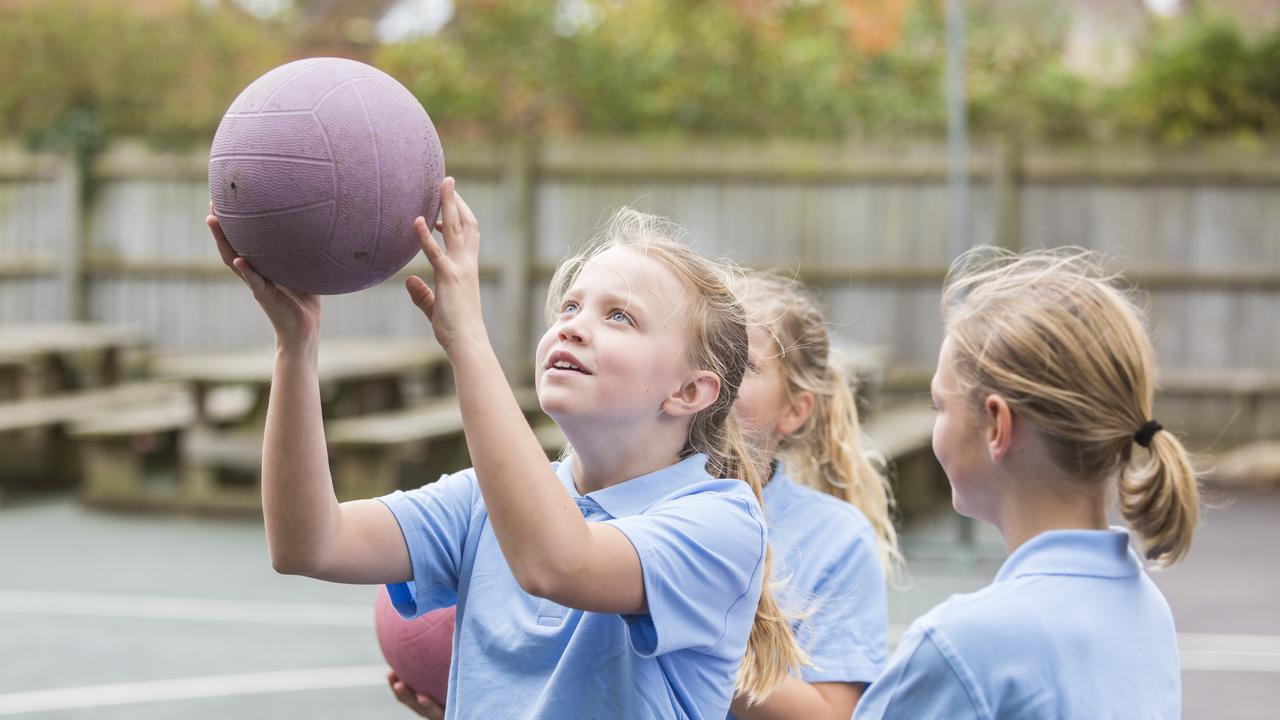
Teenagers need:
• Moderate to vigorous physical activity for one hour every day.
• Strength or toning* activities at least three days a week.
HAVING A BALL IN THE PARK
Neighbours Melody Saleh and Zoe Facey are lucky. They don’t have a problem getting their kids to exercise.
If anything, the tricky part is getting them home each night from the Sydney park that backs on to their properties.
“When they hear me whistling then they know it’s time to come home,” Ms Saleh said of sons Samuel, 11, and Jakob, eight.
The brothers also keep busy playing junior soccer and rugby league after school and on weekends, and when not in the park can be found kicking a ball with their cousin Roman Leaupepe and the Facey children Isaac, 10, and Mila, eight.
“We’re very lucky to have the park so close so they can be out there every day,” Ms Facey said.
“They also have screen time each day but at this stage exercise far outweighs* their time on the TV (or) gaming,” she said.
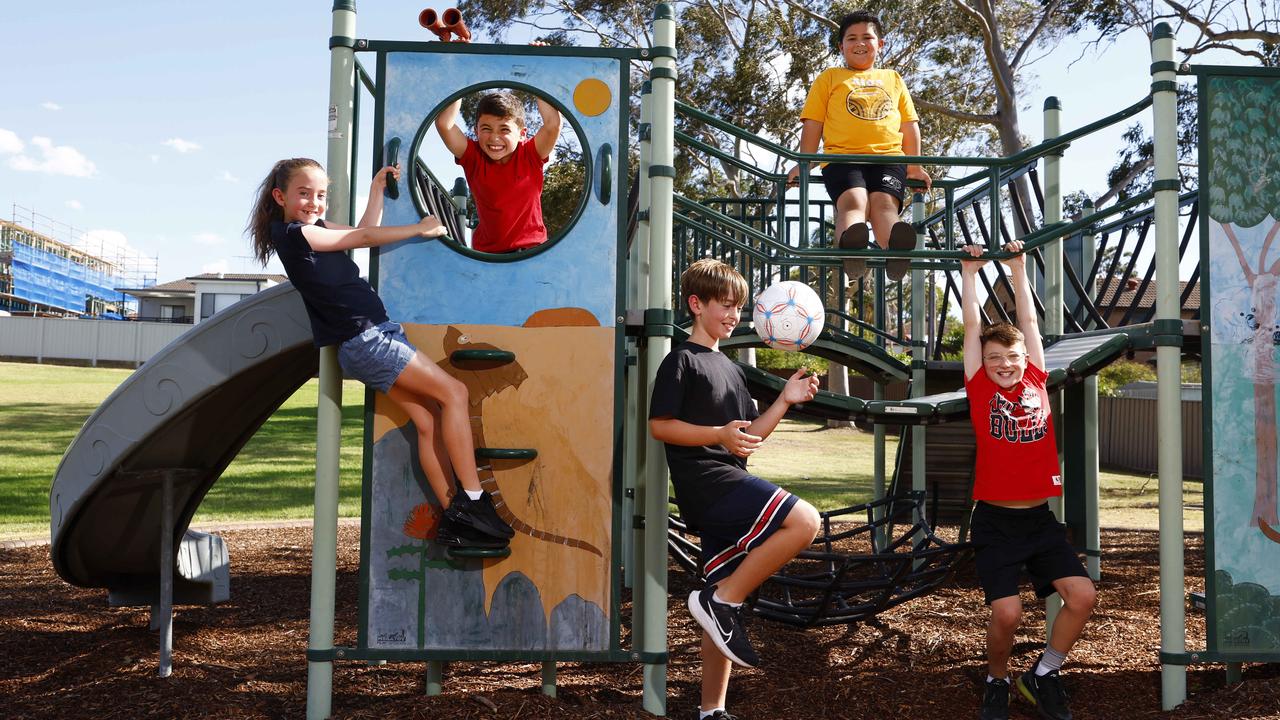
STAYING SAFE IN THE SUN
Much of the exercise and sport we do in Australia takes place outdoors — for example surfing, running, cycling, AFL, NRL, netball, soccer and cricket.
Australia’s hot, sunny weather in summer — and the fact we can still get sunburnt in winter — means sun safety must play an important role in staying healthy while we exercise.
Apart from being painful and uncomfortable, sunburn damages skin cells and can potentially lead to longer-lasting effects.

Ultraviolet (UV) radiation* from the sun can cause sunburn, skin damage, eye damage and skin cancer. UV damage suffered during childhood and adolescence* is strongly linked with an increased risk of skin cancer later in life, but the condition is very preventable if you follow some simple steps.
1. Slip on clothing to cover your skin
2. Slop on sunscreen to protect your skin. Use SPF30 or higher water-resistant sunscreen on your face, arms, hands and any other skin that is not covered.
Apply sunscreen 20 minutes before going outside and reapply every two hours.
Sunscreen does not completely block out all UV radiation and should never be the only type of sun protection you use.
3. Slap on a hat to protect your face, back of the neck, eyes and ears.
4. Seek shade so your body is not in the sun.
5. Slide on sunglasses to protect your eyes.
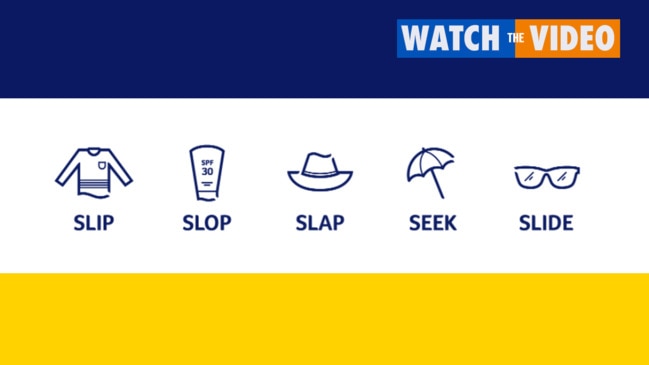
POLL
GLOSSARY
statistics: numbers that have been collected about a subject and analysed
recommended: suggested
devices: an invention or machine
inactivity: not moving or being active
leisure: free time
vigorous: requiring lots of energy
outweighs: more important
ultraviolet radiation: invisible rays that are part of the energy that comes from the sun
adolescence: teenage years
QUICK QUIZ
Four in 10 kids spend how long watching TV, gaming or on devices?
What has Health and Wellbeing Queensland estimated about kids’ lifespans?
Where did Lancet health’s study rank Australian teenagers on the list of inactive teens?
Name three muscle-building activities children should do each week.
What causes sunburn and skin damage?
LISTEN TO THIS STORY
CLASSROOM ACTIVITIES
Kids News has produced a free Health of the Nation education workbook full of classroom activities to support the information and expert advice in this series.
It has been crafted by one of our expert Kids News teachers and complements the information in these education kit articles.
Subscribe to the Kids News weekly newsletter HERE to access the education workbook plus more news and initiatives.
EXTRA READING
PART 4: How much sleep do kids need?
